Why WengerŌĆÖs Galactico-inspired philosophy is doomed to fail
’╗┐Posted Saturday, September 27, 2014 by Goal.com
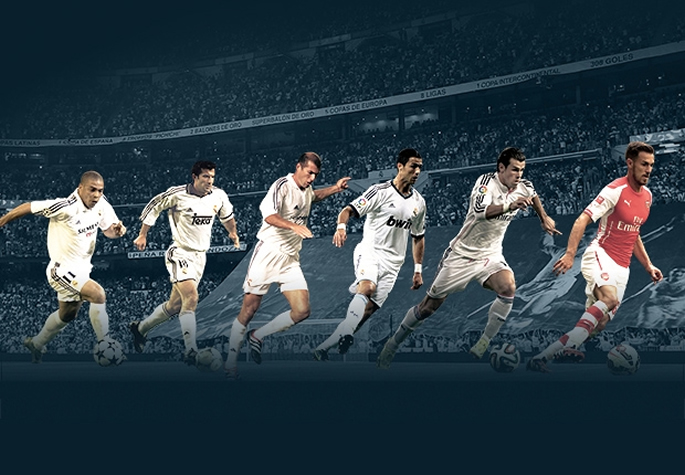
A summer transfer window in which Arsenal's key weaknesses were once again ignored has been followed swiftly by an underwhelming start to the new season, with Arsene Wenger preoccupied with a now routine defence of the form and attitude of club-record signing Mesut Ozil, urging fans not to turn the World Cup winner into a "scapegoat" for the Gunners's shortcomings.
However, after a virtuoso performance against Aston Villa upon his return to his favoured No.10 role – having previously spent several months, beginning under Joachim Low with Germany, lining up in the relative wilderness of the left wing – it has become increasingly clear that Ozil is not the problem.
Rather, the former Real Madrid playmaker is a victim of a system overloaded and bloated by the presence of so many No.10s, all vying for the same space, all making the same runs. Ozil was granted a brief respite at Villa Park – with Jack Wilshere and Alexis Sanchez both left on the bench, the 25-year-old was given a freer role behind lone frontman Danny Welbeck – but is expected to return to the left when Tottenham visit on Saturday.
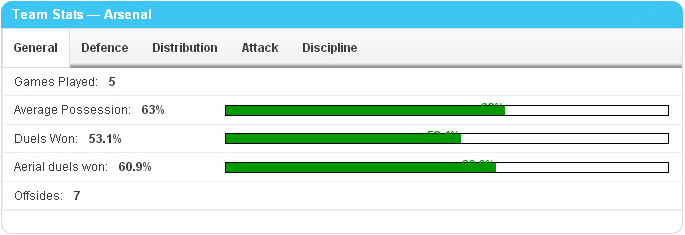
By accident or design, Wenger has built a squad flooded with diminutive creators all trying to be squeezed into the same starting XI. In the Frenchman’s opinion, Ozil is the player most suited to playing out wide – even though he has shown a lack of appreciation for the position that borders on contempt – while he also believes that the German should be just as capable of taking up the positions that saw him score and assist against Villa whether he is in the hole or not.
"Zinedine Zidane went to Real Madrid for £82 million [sic] and he played on the left. There was never a debate and he had to play there," explained Wenger. "Because in the middle they had Raul and Ronaldo he made room and played on the left. When you have the ball you play where you want and go where you want.
"It is a debate as old as the world. Since we played football. When you look at the Brazil team in 1970 they had Tostao, Rivelino, Pele, Jairzinho, Gerson, Clodoaldo. They all played No.10 in their clubs. They put them all together and they won the World Cup in a convincing way.
"What is Wilshere but basically a No.10? He played his whole life at No.10. Somebody had to go out there [to the left]. Is it Wilshere, Ozil, [Aaron] Ramsey? Nobody is really natural out wide. So you keep good players out or you try to get them together."
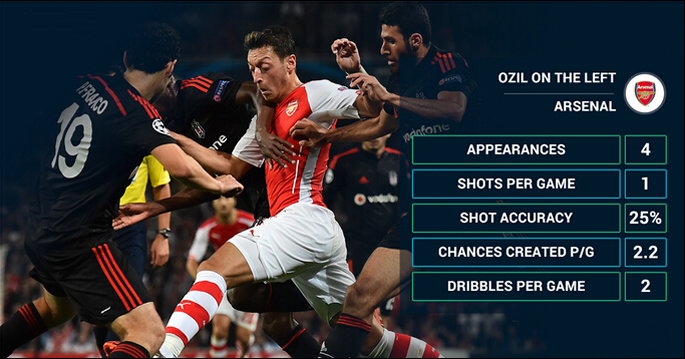
What was originally intended as a defence of Ozil instead became a revealing insight into Wenger’s thought processes about how he intends his side to line-up and play. In conjuring romantic images of Madrid’s Galacticos and the Selecao of 1970, Wenger is pining for an unrealistic, unachievable style – one that barely worked then, with a roster of superstars, and is dramatically harder to implement with Welbeck leading the line and Mikel Arteta anchoring the midfield.
In the Mexico World Cup, Mario Zagallo fielded perhaps the purest attacking side in football history, one concerned entirely with their own samba style, though there was an almost total disregard for balance and solidity – in fact, Zagallo’s predecessor, Joao Saldahna, had toyed with the idea of dropping Pele due to his lack of work rate, a notion that resulted in his dismissal.
Similarly, at the turn of the century, Madrid began building a side based on individual talent and fame rather than how they worked within, and complimented, a pre-existing system. Initially the side’s firepower flourished, winning the Champions League and La Liga in back-to-back seasons, but the decision to cram as many attacking stars into one team ultimately resulted in domestic and European trophy droughts of varying lengths.
Both Zagallo’s Brazil and Madrid at their most Galactico- obsessed are tied together by the necessity in the former’s case and the desire in the latter’s to field all their best players at the same time. Brazil got away with it, but Madrid – as a succession of fired managers attests – did not. It is both strange and worrying, therefore, that Wenger should use these sides, Madrid more so, as examples of his ideology at its most successful.
Zidane was used predominantly in the hole upon moving to the Spanish capital, something overlooked by Wenger, until the arrival of Ronaldo pushed the Frenchman out wide – Madrid prospered initially, winning La Liga in 2002-03, though it would not last. From that point onwards the side’s balance and cohesion was progressively chipped away at, to the point that they will be remembered as one of the biggest underachievers in recent memory.
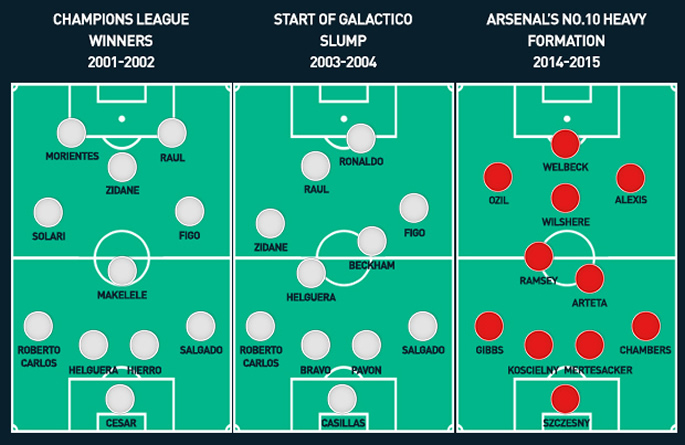
The arrival of David Beckham, and departure of Claude Makelele, robbed los Blancos of their last ounce of solidity. "Why put another layer of gold paint on the Bentley when you are losing the entire engine?" bemoaned Zidane at the time. It was not until Fabio Capello brought a semblance of catenaccio to the Bernabeu some years later that they reclaimed the title, with Mahamadou Diarra taking over the ‘Makelele role’.
That Wenger should cite Madrid and the 1970 Brazil side as benchmarks reveals a certain naivety. Even with Galacticos such an ideal was virtually impossible to implement – too many cooks angling for the same space, bereft of the requisite counter-balances to compliment such attacking talent – but such a notion seems even more idealistic in today’s football, with space and time at such a premium and ultra-aggressive pressing strategies being used by so many sides.
Wenger revealed recently that he is driven to achieve "the perfect game" but his definition of what that might entail feels outdated – his line-up is brimming with craft but light on steel. Borussia Dortmund highlighted how vulnerable this Arsenal side is to being put under the kind of pressure they themselves seem incapable of exerting, with Jurgen Klopp lauding the "perfection" of his side’s pressing, though it’s unlikely his counterpart would ever hold those traits of bravery and aggression in such esteem.
It presents a curious trade-off for Wenger, who must either sacrifice one of his many, much-loved playmakers or continue to shoehorn them into the side at the expense of both individual displays, with Ozil struggling when shunted out of the hole, and the dynamic of a side as a whole.
Solutions are hard to come by too. A midfield diamond has superseded a back three as the current in vogue formation and it is a setup that might have worked for Arsenal’s plethora of playmakers were it not for the absence of a thoroughbred defensive midfielder in the side. Again, Wenger’s failure to address this area has robbed a means of bringing balance to the team, and led to a desperate insistence that Abou Diaby, fresh from overcoming a 40th different injury, can fulfil that role.
Wenger’s philosophy will be given another thorough examination in the north London derby, when his own side, focused predominantly on their own creative strengths, meet a Spurs side being built to stifle and rattle. It is encounters such as Saturday’s that will begin to show whether his No.10 obsession, and his hope that the side can click in the same vein that Brazil did in 1970, is achievable – or, alternatively, if the perfection he seeks is both unattainable and even archaic.
Photos
More»Meet Jude Bellingham's stunning girlfriend Laura
Thursday April 25 2024[PICTURE SPECIAL] Man Utd 4 - 2 Sheffield United
Thursday April 25 2024[PICTURE SPECIAL] Arsenal 5-0 Chelsea
Wednesday April 24 2024

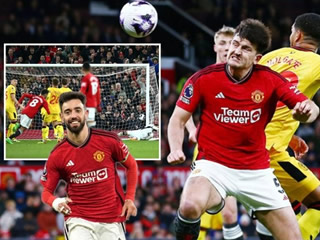
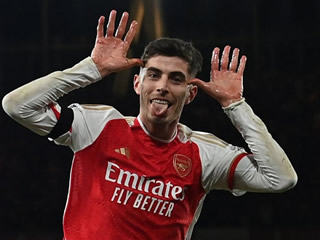
Your Say